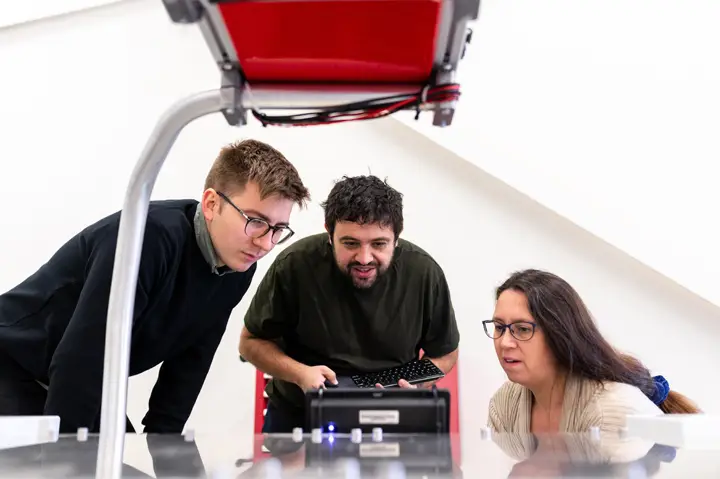5 Reasons Why Embracing Neurodivergent Talent is Tech and Engineering’s Secret Weapon
Is boosting workplace diversity on your radar? If so, overlooking neurodivergent people could mean missing a key competitive edge.
Inclusive hiring isn’t just corporate kindness - it’s a business advantage. In tech and engineering, recognising different cognitive styles can be your ace in the hole. Want to scale up and stay ahead? This approach is your golden ticket.
What Does This Approach Mean in the Workplace?
Modern workplaces need people who are both analytical and creative, structured yet adaptable. Smart businesses know that everyone brings unique superpowers, including those with learning disabilities or ADHD.
Supporting these employees isn’t about charity - it’s about harnessing skills in problem solving, attention to detail, and innovative thinking. Teams that understand how to include inattentive and hyperactive impulsive individuals and ADHD in adults see measurable benefits in productivity and quality of life for all team members.
Engineering or Tech? Here Are 5 Reasons Diverse Cognitive Styles Are Your Secret Weapon
1. An Untapped Talent Pool
Recruiters often scramble for talent in competitive tech and engineering sectors. Neurodivergent people represent a largely untapped pool of potential, ready to contribute unique perspectives.
2. Fuel for Innovation
Diverse cognitive styles spark creativity, and this evidence-based approach drives fresh solutions. Teams that embrace varied thinking patterns can deliver groundbreaking ideas.
3. Sharper Accuracy & Error Detection
Need precision? Individuals on the autism spectrum or with ADHD often excel at paying attention to details and spotting errors others might miss.
4. Productivity Power
Think different cognitive styles hinder output? Think again. Studies, including evidence from Australia’s Department of Human Services, show teams with neurodivergent people boosting productivity and efficiency.
5. Enhanced Resilience & Motivation
When challenges arise, diverse teams adapt. ADHD in adults often brings perseverance, while people with dyspraxia contribute diligence and commitment, helping your projects stay on track.
Simon Lloyd, Solutions Architect, emphasizes: Recognising different cognitive styles isn’t just about inclusion - it’s a driver of innovation. It turns challenges into opportunities."
Ready to unlock the full potential of your workforce? Learn strategies to integrate the neurodiversity movement and maximise impact.
Ready to dive deeper? Contact Us for insights and strategies to harness neurodiversity in your workforce.




